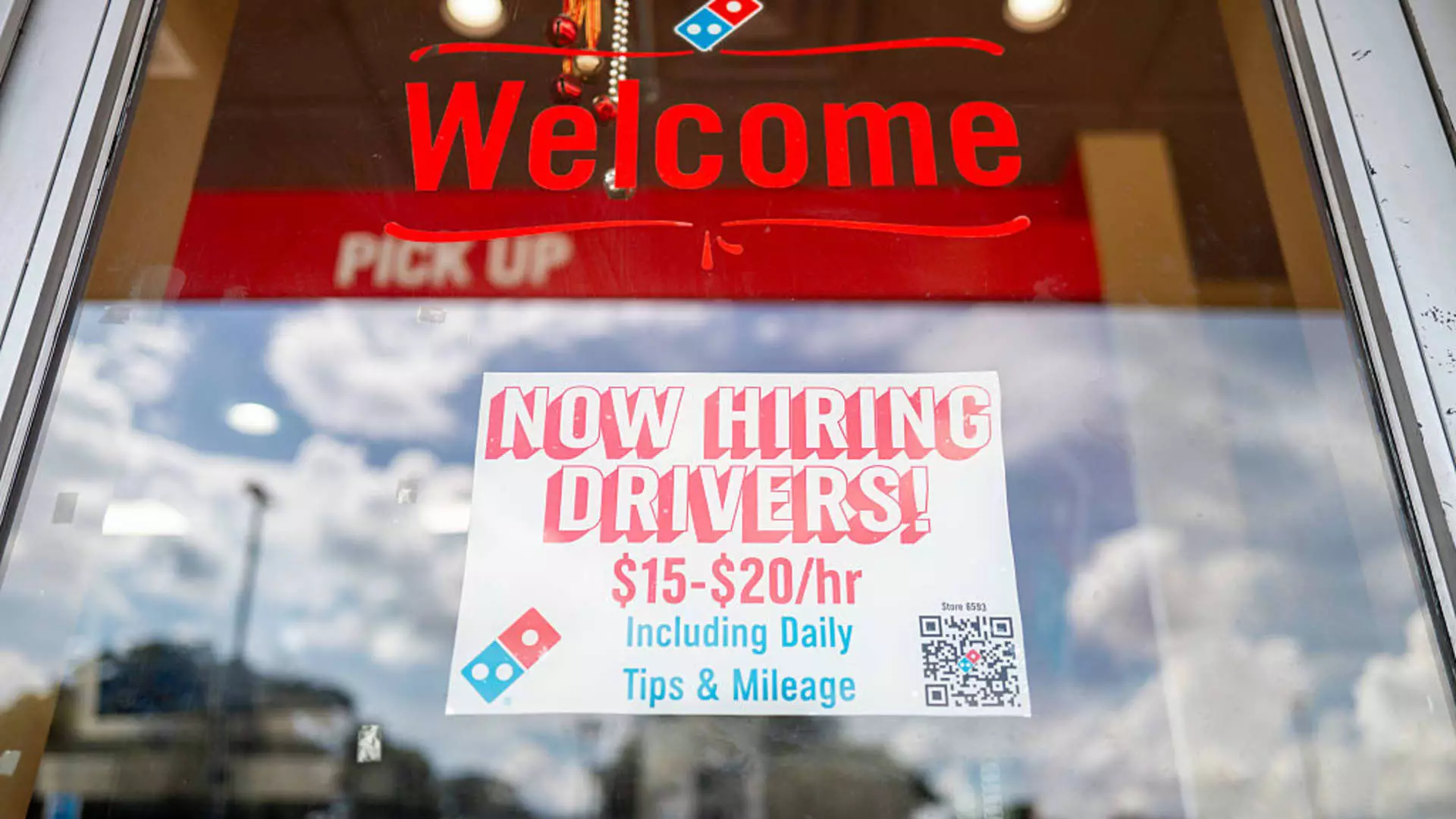In recent months, an ominous quiet has settled over the American job market, masking the fragility beneath what many still see as an ongoing economic recovery. While headlines continue to tout progress, the reality reveals a troubling shift—federal jobs are shrinking significantly, and private sector growth is stalling. This isn’t just a blip; it’s a sign of deeper structural issues that threaten to undermine the stability of the labor market for years to come. It’s time to recognize that these layoffs, driven by aggressive government austerity and misguided cost-cutting efforts, are not just numbers on a chart—they are the cracks forming in the foundation of economic resilience.
What stands out is the stark contrast between the official employment statistics and the real-world experiences of workers. Federal personnel, often considered stable pillars of employment, are being downsized at an unprecedented rate, with over 280,000 positions cut since the beginning of the year. These layoffs, largely orchestrated under the guise of efficiency by policies associated with the current administration, are disproportionately impacting white-collar roles that traditionally support the nation’s backbone. The supposed goal of such cuts—to streamline government and improve productivity—appears increasingly misguided when viewed against the mounting evidence of a sputtering job market.
The Ripple Effects of Policy-Driven Job Cuts
The decision to reduce federal employment is not merely a bureaucratic exercise; it has far-reaching implications for the entire economy. As government jobs evaporate, workers who relied on those positions are flooding the private sector, seeking new opportunities in a landscape where demand for their skills is, at best, tepid. Indeed’s data revealing a 150% increase in federal agency job applications underscores a mounting desperation among job seekers. The core of the problem is a demand-side contraction: companies are tightening their belts, reluctant to hire new staff amidst rising interest rates and economic uncertainty.
The impact extends beyond federal workers. The broader job market is showing clear signs of fatigue, with job openings declining by 5% since early this year. Recruitment, especially for white-collar roles such as data analytics, marketing, and software development, has slowed dramatically. The optimism that May briefly offered—reflecting a modest dip in applications—may be misplaced, as underlying trends suggest a persistent pullback. The so-called “DOGE effect” (referring to recent layoffs associated with certain government efficiency initiatives) is clearly affecting the labor market, constricting opportunities for workers touting higher education degrees or specialized skills.
Economic Reality Versus Political Rhetoric
The upcoming jobs report, expected to show a labor market adding just over 100,000 new jobs in June, paints a grim picture. This level of growth is a far cry from the robust additions seen in previous years, and it signals that the economy’s momentum is waning. More importantly, these figures underscore a troubling inertia—a slow, sluggish start to what should be a period of vigorous economic expansion. The unemployment rate, expected to inch higher, reflects a workforce increasingly unable to find meaningful employment or upward mobility.
An underappreciated aspect of this crisis lies in the high-interest rate regime maintained by the Federal Reserve. While purportedly aimed at tackling inflation, the elevated borrowing costs are stifling innovation and expansion, especially within tech sectors dependent on debt to scale. Startups and established firms alike are curbing hiring and investment, recognizing that growth capital is more expensive and harder to access. The consequence? Fewer opportunities for those entering the labor force, further exacerbating unemployment, especially among young professionals and recent graduates.
Yet, within this narrative, a certain degree of neglect persists. Politicians and policy makers seem more intent on pushing through austerity measures than addressing the deeper issues of economic inequality and job security. Instead of fostering an environment conducive to growth, they’ve chosen to prioritize short-term fiscal discipline at the expense of long-term stability. This approach risks creating a cycle where labor shortages and declining employment threaten to slow the entire economy, ultimately harming the very working-class Americans they claim to serve.
A Call for Honest Reflection and Policy Reversal
What this crisis demands is a brutal, honest conversation about the direction of economic policy. The idea that cutting hundreds of thousands of federal jobs and tightening monetary policy will lead to sustained prosperity appears increasingly disconnected from reality. In truth, these actions are fostering uncertainty, eroding consumer confidence, and squeezing a labor market that was only just beginning to recover from the pandemic’s devastation.
A more balanced approach would involve recognizing the importance of investment—in both infrastructure and human capital—that can fuel genuine growth. Instead of viewing federal employees as liabilities to be eliminated, policies should prioritize workforce development, skill enhancement, and creating paths to secure employment. The perception that austerity measures are the only way forward is fundamentally flawed. The true measure of economic strength lies in resilience—something that short-term cuts and interest rate hikes threaten to undermine irreparably.
By dismissing the early warning signs, policymakers risk pushing the country into a trap where economic stagnation becomes the new norm. The current trajectory suggests a looming period of unemployment and underemployment, where millions of workers—especially those in white-collar positions—find themselves stranded in a sluggish job market. For those of us who believe in a fairer, more inclusive economy, this moment is a stark reminder that real progress comes not from austerity but from strategic investments in our workforce and smarter economic policymaking.


Leave a Reply